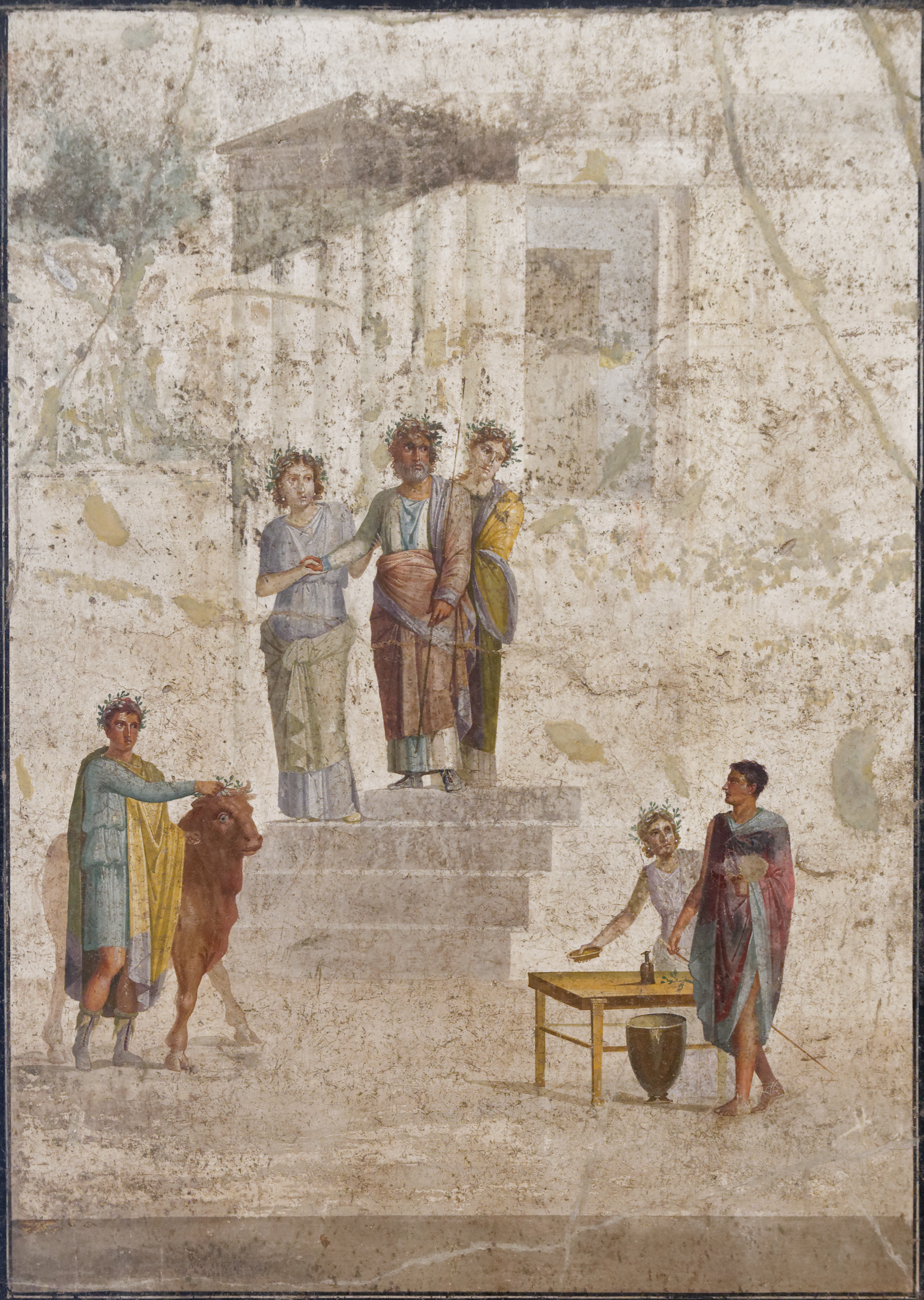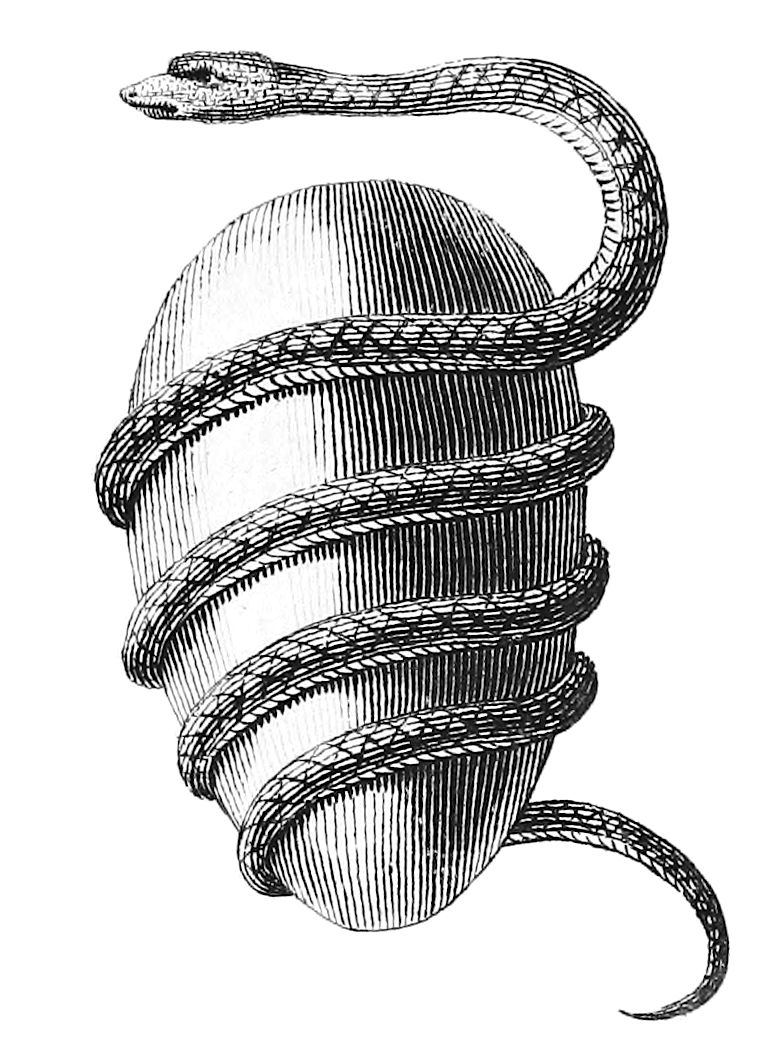|
Lemnian Deeds
A Lemnian deed is the cruel slaughter of someone as revenge. There are two possible origins for this term: the epic of Jason and the Argonauts, where Pelasgian women killed their men, and that of Herodotus narrative where the Pelasgians killed captive mothers and children. As is usual in other nationalistic epics as well, other people and tribes are deemed to have barbaric tendencies. Besides, Pelasgians of Lemnos spoke pre-Greek Lemnian, and were technologically inferior (as can be seen from the weapons found in burials), which further promoted their primitive nature. Jasonian origin It is said that Pelasgian women decided to kill their men, due to the men's cheating with the mainland Thracian women. In anger, the women slaughtered the men in their sleep and lived without men for many years, until Jason and the Argonauts arrived during The Quest for the Golden Fleece. They mingled with the women and created a new race: the Minyae. Pelasgian origin Michael Stewart relates ... [...More Info...] [...Related Items...] OR: [Wikipedia] [Google] [Baidu] |
Jason
Jason ( ; ) was an ancient Greece, ancient Greek Greek mythology, mythological hero and leader of the Argonauts, whose quest for the Golden Fleece featured in Greek literature. He was the son of Aeson, the rightful king of Iolcos. He was married to the sorceress Medea. He was also the great-grandson of the messenger god Hermes, through his mother's side. Jason appeared in various literary works in the classical world of Ancient Greece, Greece and Ancient Rome, Rome, including the epic poem ''Argonautica'' and the tragedy ''Medea (play), Medea''. In the modern world, Jason has emerged as a character in various adaptations of his myths, such as the 1963 film ''Jason and the Argonauts (1963 film), Jason and the Argonauts'' and the 2000 TV miniseries of the Jason and the Argonauts (TV miniseries), same name. Persecution by Pelias Pelias (Aeson's half-brother) was power-hungry and sought to gain dominion over all of Ancient Thessaly, Thessaly. Pelias was the progeny of a union ... [...More Info...] [...Related Items...] OR: [Wikipedia] [Google] [Baidu] |
Argonauts
The Argonauts (; Ancient Greek: ) were a band of heroes in Greek mythology, who in the years before the Trojan War (around 1300 BC) accompanied Jason to Colchis in his quest to find the Golden Fleece. Their name comes from their ship, '' Argo'', named after its builder, Argus. They were sometimes called Minyans, after a prehistoric tribe in the area. Mythology The Golden Fleece After the death of King Cretheus, the Aeolian Pelias usurped the throne from his half-brother Aeson and became king of Iolcus in Thessaly (near the modern city of Volos). Because of this unlawful act, an oracle warned him that a descendant of Aeolus would seek revenge. Pelias put to death every prominent descendant of Aeolus he could, but spared Aeson because of the pleas of their mother Tyro. Instead, Pelias kept Aeson prisoner and forced him to renounce his inheritance. Aeson married Alcimede, who bore him a son named Jason. Pelias intended to kill the baby at once, but Alcimede summoned ... [...More Info...] [...Related Items...] OR: [Wikipedia] [Google] [Baidu] |
Pelasgian Creation Myth
''The Greek Myths'' (1955) is a mythography, a compendium of Greek mythology, with comments and analyses, by the poet and writer Robert Graves. Many editions of the book separate it into two volumes. Abridged editions of the work contain only the myths and leave out Graves's commentary. Each myth is presented in the voice of a narrator writing under the Antonines, such as Plutarch or Pausanias, with citations of the classical sources. The literary quality of his retellings is generally praised. Following each retelling, Graves presents his interpretation of its origin and significance, influenced by his belief in a prehistoric Matriarchal religion, as discussed in his book ''The White Goddess'' and elsewhere. Graves's theories and etymologies are rejected by most classical scholars. Graves argued in response that classical scholars lack "the poetic capacity to forensically examine mythology". Contents Graves interpreted Bronze Age Greece as changing from a matriarchal society ... [...More Info...] [...Related Items...] OR: [Wikipedia] [Google] [Baidu] |
Epic Poetry
An epic poem, or simply an epic, is a lengthy narrative poem typically about the extraordinary deeds of extraordinary characters who, in dealings with gods or other superhuman forces, gave shape to the mortal universe for their descendants. Etymology The English word ''epic'' comes from Latin ''epicus'', which itself comes from the Ancient Greek adjective (''epikos''), from (''epos''), "word, story, poem." In ancient Greek, 'epic' could refer to all poetry in dactylic hexameter (''epea''), which included not only Homer but also the wisdom poetry of Hesiod, the utterances of the Delphic oracle, and the strange theological verses attributed to Orpheus. Later tradition, however, has restricted the term 'epic' to ''heroic epic'', as described in this article. Overview Originating before the invention of writing, primary epics, such as those of Homer, were composed by bards who used complex rhetorical and metrical schemes by which they could memorize the epic as receive ... [...More Info...] [...Related Items...] OR: [Wikipedia] [Google] [Baidu] |
Lemnos
Lemnos or Limnos ( el, Λήμνος; grc, Λῆμνος) is a Greek island in the northern Aegean Sea. Administratively the island forms a separate municipality within the Lemnos regional unit, which is part of the North Aegean region. The principal town of the island and seat of the municipality is Myrina. At , it is the 8th-largest island of Greece. Geography Lemnos is mostly flat, but the west, and especially the northwest part, is rough and mountainous. The highest point is Mount Skopia at the altitude of 430 m. The chief towns are Myrina, on the western coast, and Moudros on the eastern shore of a large bay in the middle of the island. Myrina (also called Kastro, meaning "castle") possesses a good harbour. It is the seat of all trade carried on with the mainland. The hillsides afford pasture for sheep, and Lemnos has a strong husbandry tradition, being famous for its Kalathaki Limnou ( PDO), a cheese made from sheep and goat milk and melipasto cheese, and fo ... [...More Info...] [...Related Items...] OR: [Wikipedia] [Google] [Baidu] |
Lemnian Language
The Lemnian language was spoken on the island of Lemnos, Greece, in the second half of the 6th century BC. It is mainly attested by an inscription found on a funerary stele, termed the Lemnos stele, discovered in 1885 near Kaminia. Fragments of inscriptions on local pottery show that it was spoken there by a community. In 2009, a newly discovered inscription was reported from the site of Hephaistia, the principal ancient city of Lemnos. Lemnian is largely accepted as being a Tyrsenian language, and as such related to Etruscan and Rhaetic. After the Athenians conquered the island in the latter half of the 6th century BC, Lemnian was replaced by Attic Greek. Writing system The Lemnian inscriptions are in Western Greek alphabet, also called "red alphabet". The red type is found in most parts of central and northern mainland Greece (Thessaly, Boeotia and most of the Peloponnese), as well as the island of Euboea, and in colonies associated with these places, including most colon ... [...More Info...] [...Related Items...] OR: [Wikipedia] [Google] [Baidu] |
Minyae
According to Greek mythology and legendary prehistory of the Aegean region, the Minyans or Minyae ( el, Μινύες, ''Minyes'') were an autochthonous group inhabiting the Aegean region. The extent to which the prehistory of the Aegean world is reflected in literary accounts of legendary peoples, and the degree to which material culture can be securely linked to language-based ethnicity have been subjected to repeated revision. The Mycenaean Greeks reached Crete as early as 1450s BC. Greek presence on the mainland, however, dates to 1600 BC as shown in the latest shaft graves. Other aspects of the Minyan period appear to arrive from northern Greece and the Balkans, in particular tumulus graves and perforated stone axes. John L. Caskey's interpretation of his archaeological excavations conducted in the 1950s linked the ethno-linguistic " Proto-Greeks" to the bearers of the Minyan (or Middle Helladic) culture. More recent scholars have questioned or amended his dating and doub ... [...More Info...] [...Related Items...] OR: [Wikipedia] [Google] [Baidu] |
Herodotus
Herodotus ( ; grc, , }; BC) was an ancient Greek historian and geographer from the Greek city of Halicarnassus, part of the Persian Empire (now Bodrum, Turkey) and a later citizen of Thurii in modern Calabria ( Italy). He is known for having written the ''Histories'' – a detailed account of the Greco-Persian Wars. Herodotus was the first writer to perform systematic investigation of historical events. He is referred to as " The Father of History", a title conferred on him by the ancient Roman orator Cicero. The ''Histories'' primarily cover the lives of prominent kings and famous battles such as Marathon, Thermopylae, Artemisium, Salamis, Plataea, and Mycale. His work deviates from the main topics to provide a cultural, ethnographical, geographical, and historiographical background that forms an essential part of the narrative and provides readers with a wellspring of additional information. Herodotus has been criticized for his inclusion of "legends and fa ... [...More Info...] [...Related Items...] OR: [Wikipedia] [Google] [Baidu] |



